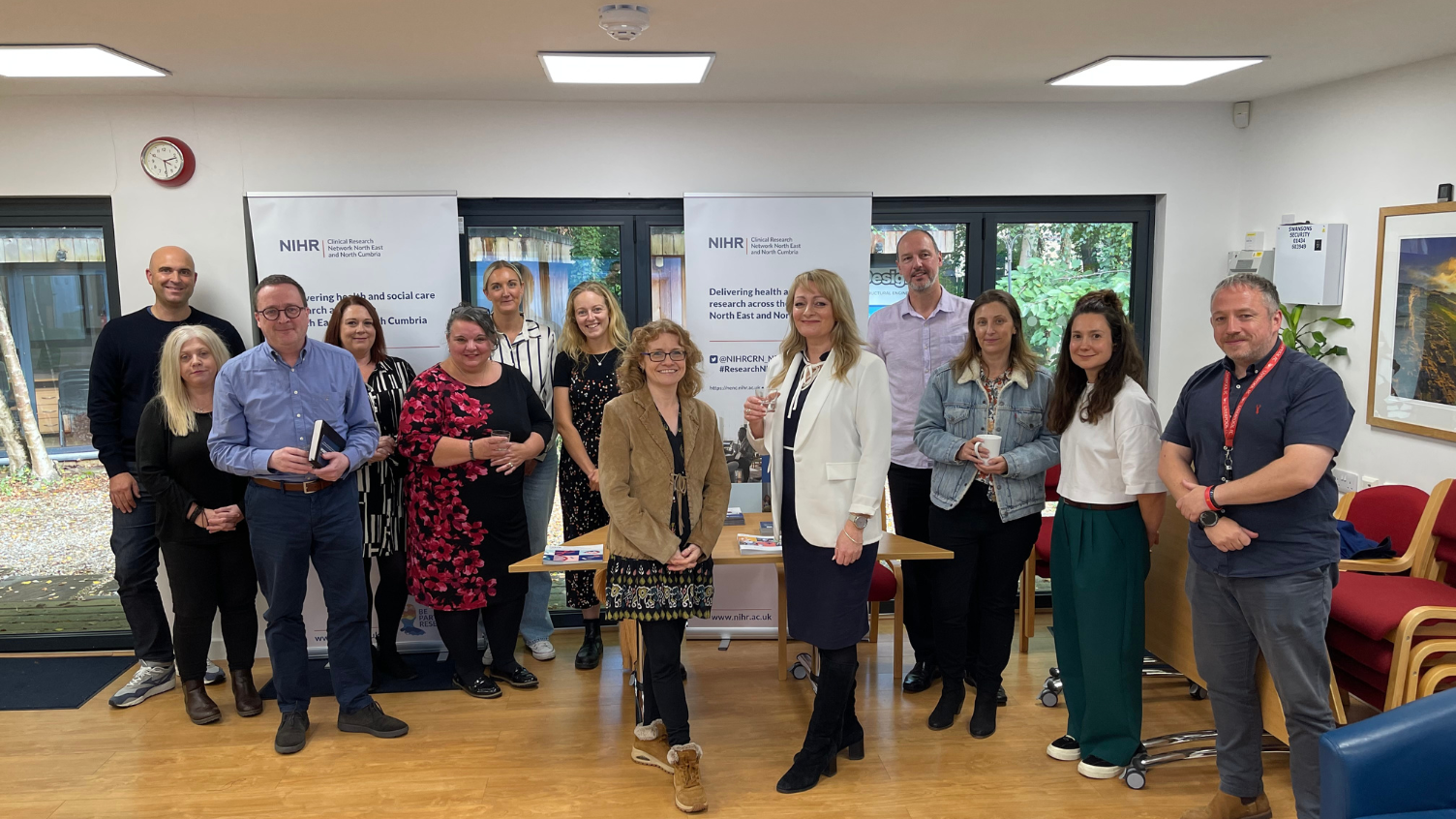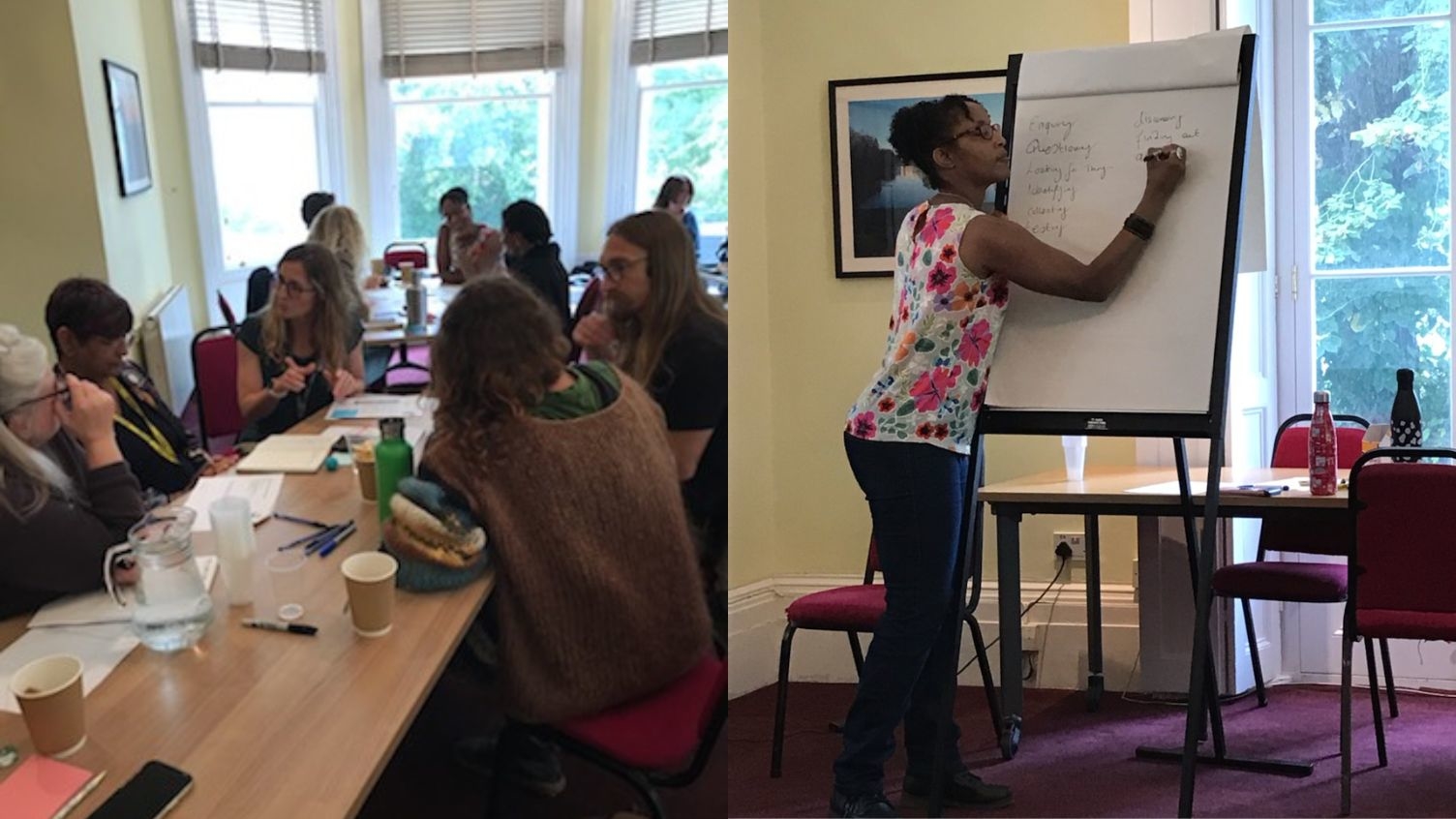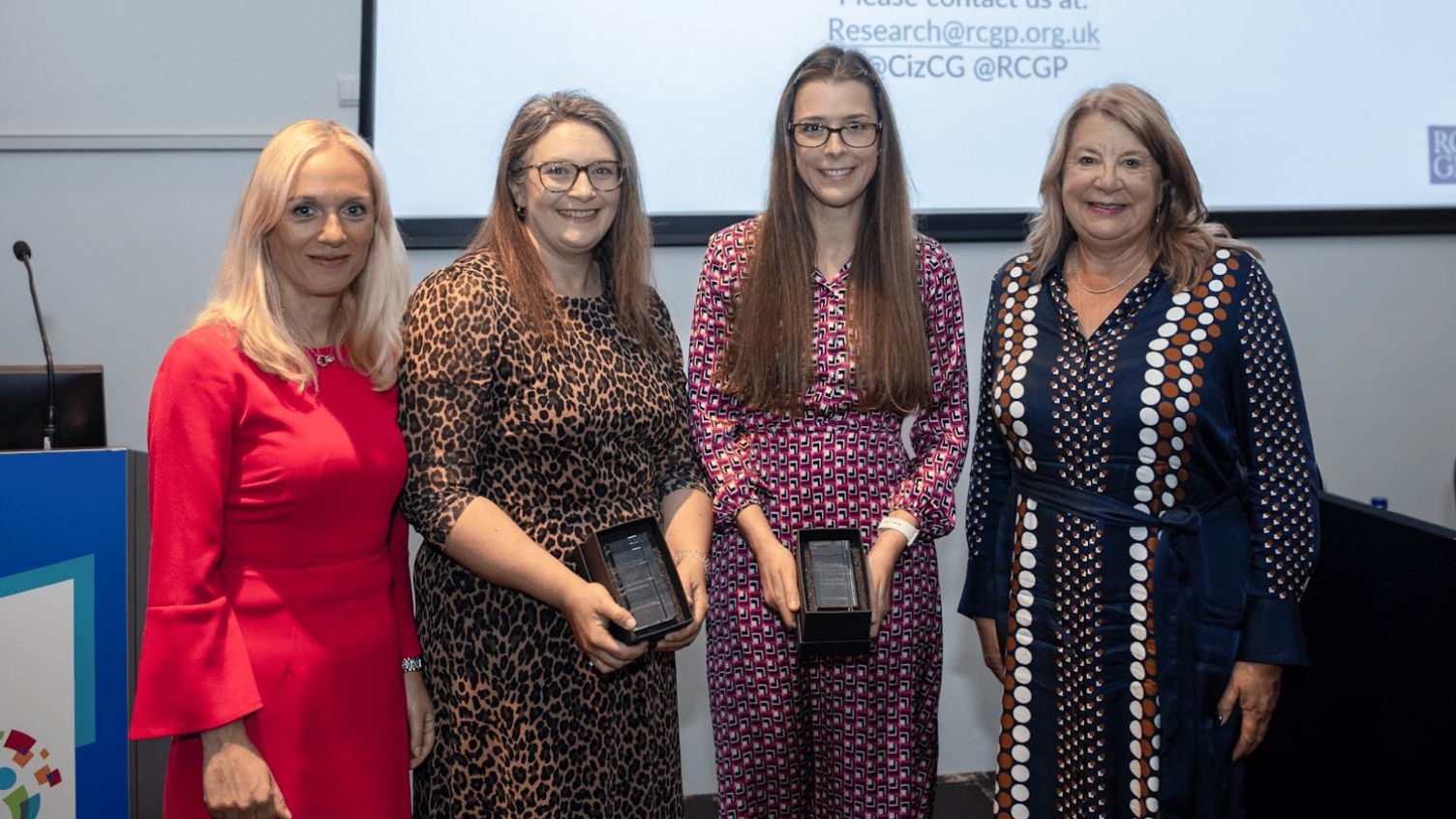Lab researchers grow 'mini eyes’ to help understand rare blinding disease
- 02 December 2022
- 3 min read
Researchers at University College London Great Ormond Street Institute of Child Health (UCL GOS ICH) have grown ‘mini eyes’ in the lab which will help researchers understand how blindness develops in the rare genetic condition Usher syndrome.
Usher syndrome is a rare inherited condition that affects hearing and vision, and often balance. It is the most common genetic cause of combined deafness and blindness, affecting approximately three to ten in 100,000 people worldwide.
There are three types of Usher syndrome. Children with Type 1 Usher syndrome, the most severe form, are often born profoundly deaf, while their sight slowly deteriorates until they are blind by adulthood.
Although cochlear implants can help with hearing loss, there are currently no treatments for retinitis pigmentosa, which is the cause of vision loss in Usher syndrome.
Previously it had been difficult to study vision loss in Usher syndrome because animal cells couldn’t mimic the same sort of sight loss as that seen in the condition. Now, researchers at UCL GOS ICH have grown 3D ‘mini eyes’, called organoids, that enable them to study the development of blindness.
In a healthy eye, rod cells - the cells which detect light - are arranged in the back of the eye in an important region responsible for processing images called the retina. In this research, published in Stem Cell Reports, the team found that they could get rod cells to organise themselves into layers that mimic their organisation in the retina, producing a ‘mini eye’.
The ‘mini eyes’ were grown from stem cells generated from skin samples donated by patients at Great Ormond Street Hospital for Children (GOSH). As the ‘mini eyes’ are grown from cells donated by patients with and without the genetic ‘fault’ that causes Usher syndrome, the team can compare healthy cells and those that will lead to blindness.
Understanding these differences could provide clues to changes that happen in the eye before a child’s vision begins to deteriorate. In turn, this could provide clues to the best targets for early treatment, which would be crucial to providing the best outcome.
The ‘mini eyes’ are an important step forward in research and have already led to new insights. For the first time, researchers have been able to view the tiny molecular changes in rod cells before they die and the team has discovered that Müller cells, responsible for metabolic and structural support of the retina, are also involved in Usher syndrome.
Dr Yeh Chwan Leong, Research Associate at UCL GOS ICH and first author on the study detailed further benefits of the research for Usher syndrome:
“It’s difficult to study the inaccessible tiny nerve cells of the patient’s retina as they are so intricately connected and delicately positioned at the back of the eye. By using a small biopsy of skin, we now have the technology to reprogramme the cells into stem cells and then create lab-grown retina with the same DNA, and therefore same genetic conditions, as our patients.”
However, the ‘mini eye’ model for eye diseases is not only useful for studying Usher syndrome. It could help teams understand other inherited conditions in which there is the death of rod cells in the eye, such as forms of retinitis pigmentosa without deafness.
The technology used to grow faithful models of disease from human skin cells can also be used for several other diseases. Continuing this pioneering work, researchers hope to create ‘mini eyes’ from more patient samples, and use them to help identify treatments, for example by testing different drugs. In the future, it may be possible to edit a patient’s DNA in specific cells in their eyes to avoid blindness.
Professor Jane Sowden, Professor of Developmental Biology & Genetics at UCL, and senior author on the study said:
“We are very grateful to patients and families who donate these samples to research so that, together, we can further our understanding of genetic eye conditions, like Usher syndrome.
“Although a while off, we hope that these models can help us to one day develop treatments that could save the sight of children and young people with Usher syndrome”.
The research was funded by NIHR GOSH Biomedical Research Centre (NIHR GOSH BRC), Medical Research Council, GOSH Children's Charity and Newlife the Charity for Disabled Children.


